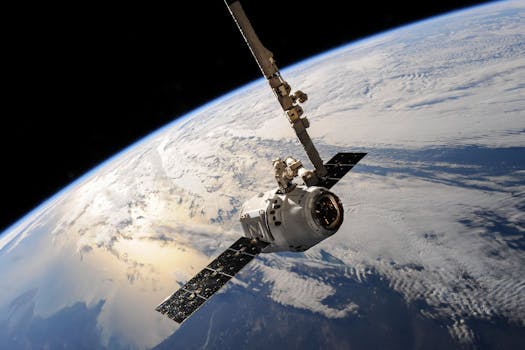
“
Breakthroughs in Space Exploration and the Search for Extraterrestrial Life
Breakthroughs in Space Exploration and the Search for Extraterrestrial Life have been significant in recent years, with NASA’s Mars missions and the discovery of exoplanets being just a few examples. The search for life beyond Earth is an exciting and ongoing area of research, with scientists using a variety of methods to search for signs of life, such as studying the atmospheres of exoplanets and searching for biosignatures.
Introduction to Space Exploration

Space exploration has been an integral part of human history, with the first successful launch of a spacecraft, Sputnik 1, in 1957. Since then, there have been numerous breakthroughs in space exploration, including the landing of humans on the moon and the exploration of our solar system. However, the search for extraterrestrial life remains one of the most intriguing and complex areas of research.
Milestones in the Search for Extraterrestrial Life

There have been several significant milestones in the search for extraterrestrial life, including the discovery of exoplanets, which are planets that orbit stars other than the sun. The first exoplanet was discovered in 1992, and since then, thousands of exoplanets have been discovered, with many more expected to be discovered in the coming years.
Technological Advancements

Technological advancements have played a crucial role in the search for extraterrestrial life. The development of powerful telescopes, such as the Kepler space telescope, has allowed scientists to study the atmospheres of exoplanets and search for biosignatures. Additionally, the use of advanced computational models and machine learning algorithms has enabled scientists to analyze large datasets and identify patterns that may indicate the presence of life.
Future of Space Exploration

The future of space exploration and the search for extraterrestrial life is exciting and filled with possibilities. With ongoing and planned missions, such as the James Webb Space Telescope and the Europa Clipper mission, scientists will have the opportunity to study the atmospheres of exoplanets and the moons of Jupiter and Saturn in unprecedented detail. Additionally, the development of new technologies, such as advanced propulsion systems and life support systems, will enable humans to travel to other planets and moons, increasing the chances of finding life beyond Earth.





